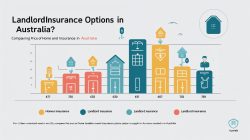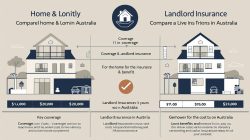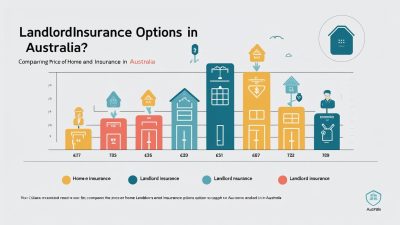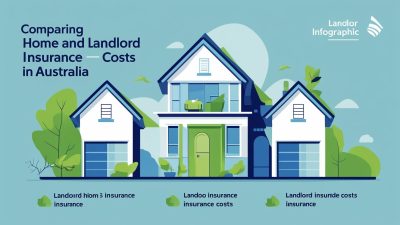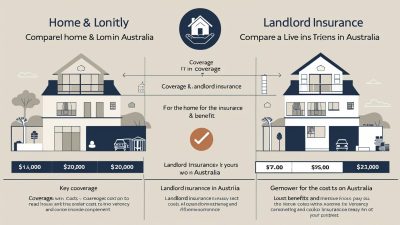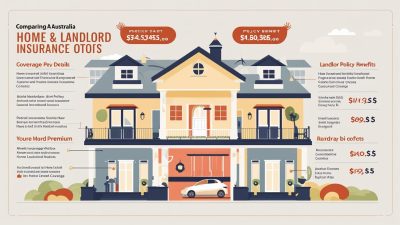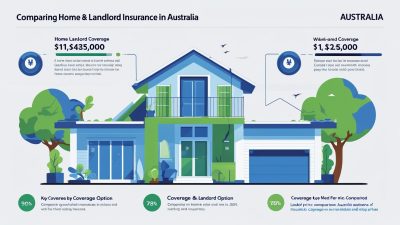Building Insurance vs Contents Insurance in Australia
Bloggerbanyumas.com – Building Insurance vs Contents Insurance in Australia When it comes to protecting your home and belongings, two types of insurance often come up: building insurance and contents insurance. Each offers distinct coverage for your property, and understanding the differences between them can save you from making costly mistakes when choosing insurance for your home in Australia.
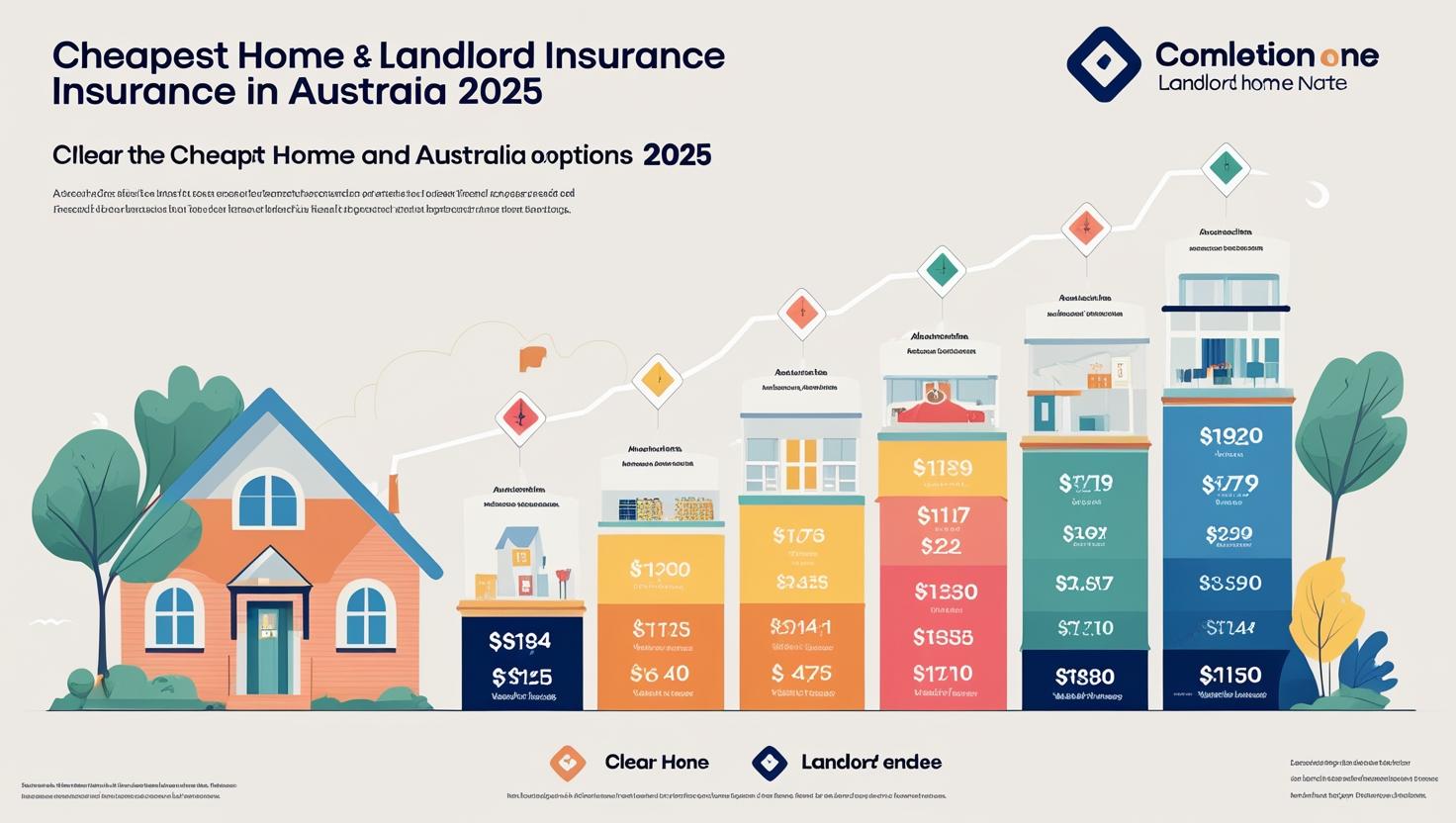
In Australia, where natural disasters like bushfires, floods, and storms can be a concern, having the right insurance is crucial. Both building and contents insurance play an important role in safeguarding your home and possessions, but they serve different purposes. Understanding the key differences between these two types of coverage is vital for homeowners, renters, and anyone in the property market.
What is Building Insurance?
Building insurance, often referred to as home insurance, protects the physical structure of your home from risks such as fire, storm, vandalism, and other types of damage. This includes your walls, floors, roof, and permanent fixtures like built-in wardrobes, kitchen cabinets, and plumbing systems.
Building insurance is typically mandatory for homeowners who have a mortgage, as lenders want to ensure that the property can be rebuilt or repaired in the event of damage. This coverage also extends to other structures on the property, such as garages, sheds, fences, and swimming pools, provided they are included in the policy.
What Does Building Insurance Cover?
Building insurance covers a variety of risks, including:
- Fire Damage: This includes damage caused by wildfires, accidental fires, or electrical faults that result in a blaze.
- Storm and Hail Damage: If your home is damaged by heavy rain, hail, or strong winds, building insurance can cover the repairs.
- Flooding: Many building insurance policies cover flood damage, but it’s essential to check as some policies may have exclusions for flood-related claims.
- Vandalism and Theft: If your home is broken into and damaged during a robbery or act of vandalism, your building insurance policy can cover the cost of repairs.
- Impact Damage: This includes damage from vehicles, falling trees, or other objects that may impact your home.
Building insurance can also cover the costs of demolition and debris removal in the event of a total loss, and it may include coverage for legal fees in case you’re held responsible for damage to other properties.
Why is Building Insurance Important?
Without building insurance, you’re at risk of facing enormous financial burdens if your home is damaged or destroyed. In Australia, natural disasters like bushfires, cyclones, and floods can strike unexpectedly, leaving homeowners vulnerable. Building insurance provides peace of mind, knowing that you’re financially protected in case your property suffers extensive damage.
What is Contents Insurance?
Contents insurance, on the other hand, focuses on protecting the belongings inside your home. This includes furniture, electronics, appliances, clothing, and any other items that are not part of the building’s structure. Whether you’re a homeowner, tenant, or renter, contents insurance can safeguard your personal possessions against theft, damage, or loss.
While building insurance protects the structure of your home, contents insurance ensures that your valuable items are protected, whether you’re at home or away. It’s an essential form of protection for anyone with valuable or irreplaceable items in their house.
What Does Contents Insurance Cover?
Contents insurance typically covers:
- Theft and Burglary: If your belongings are stolen from your home, contents insurance can reimburse you for the value of those items.
- Fire and Smoke Damage: Any belongings damaged by fire or smoke will be covered under contents insurance.
- Accidental Damage: Many contents insurance policies cover accidental damage, such as broken furniture, spilled liquids on carpets, or cracked electronics.
- Storm and Water Damage: Items damaged by severe storms or water leaks (such as from a burst pipe) are often covered under contents insurance.
- Personal Belongings Outside the Home: Some policies extend coverage for items stolen or damaged while you’re outside your home, such as a laptop or mobile phone.
The coverage for contents insurance can vary depending on the provider and policy. You may also have the option to add extra coverage for specific high-value items such as jewelry, artwork, or antiques.
Why is Contents Insurance Important?
Contents insurance is essential for protecting your belongings, especially if you own valuable or sentimental items. Without contents insurance, the cost of replacing stolen or damaged items can be overwhelming. Whether you’re renting a property or own your home, contents insurance can give you the financial protection you need to recover from a loss.
Building Insurance vs Contents Insurance: Key Differences
While building insurance and contents insurance both protect your home, they serve different purposes and cover distinct aspects of your property.
1. Scope of Coverage
- Building Insurance: Covers the physical structure of your home, including the walls, roof, floors, and any permanent fixtures attached to the property.
- Contents Insurance: Covers the belongings inside your home, such as furniture, appliances, electronics, and personal possessions.
2. Policy Requirements
- Building Insurance: If you have a mortgage on your home, your lender will likely require you to have building insurance to protect the value of the property.
- Contents Insurance: Contents insurance is typically not mandatory but is highly recommended, especially for renters or homeowners with valuable possessions.
3. Protection for the Structure vs. Personal Items
- Building Insurance: Focuses on repairing or rebuilding the structure of your home after damage or destruction.
- Contents Insurance: Protects your personal belongings inside the home, including valuables, furniture, and electronics.
4. Natural Disasters and Accidents
- Building Insurance: Covers the cost of repairs or rebuilding in case of damage from natural disasters like storms, floods, and bushfires.
- Contents Insurance: Covers the damage or theft of personal items due to accidents, fire, or theft.
5. Cost and Affordability
- Building Insurance: Typically more expensive than contents insurance because it covers the larger and more valuable part of the property – the physical structure.
- Contents Insurance: Generally more affordable, especially if you don’t own high-value items or have a limited number of possessions.
6. Optional Add-ons
Both building and contents insurance may offer additional coverage options:
- Building Insurance: You can add extra coverage for things like legal liability or specific risks like flood damage (depending on the policy).
- Contents Insurance: Optional add-ons might include accidental damage, coverage for high-value items, or personal property insurance outside the home.
Do You Need Both Building and Contents Insurance?
Whether you need both types of insurance depends on your situation. If you’re a homeowner with a mortgage, you’ll likely need building insurance. Contents insurance is also highly recommended, as it protects your personal belongings. Renters, on the other hand, should always consider contents insurance to safeguard their possessions.
1. Homeowners
Homeowners typically require both building and contents insurance. Building insurance will cover the cost of repairs or rebuilding if the home is damaged, while contents insurance protects the personal belongings inside the house. If you live in an area prone to natural disasters, you may want to consider additional coverage for specific risks like flooding or bushfires.
2. Renters
Renters are not required to have building insurance, as the property owner usually has this covered. However, renters should always have contents insurance to protect their belongings. This is particularly important if you have valuable items that would be expensive to replace if lost, stolen, or damaged.
3. Landlords
If you’re a landlord, you’ll need building insurance to protect your property. Contents insurance for the tenant’s personal belongings is their responsibility, though you may want to require tenants to have it as part of the rental agreement.
Conclusion: Protecting Your Home and Belongings in Australia
Understanding the differences between building insurance and contents insurance is essential for choosing the right coverage for your property. In Australia, where extreme weather events and natural disasters are a real threat, having the right insurance can provide you with peace of mind, knowing that you’re financially protected.
Building insurance covers the physical structure of your home, while contents insurance protects your personal belongings. Both types of insurance play an important role in safeguarding your property, and it’s often recommended to have both for comprehensive protection. Be sure to assess your needs, the value of your property and belongings, and any potential risks in your area when choosing the right insurance policy.
By understanding the coverage options and making an informed decision, you can ensure that your home and belongings are protected against unexpected events, giving you the security and confidence to face the future.

